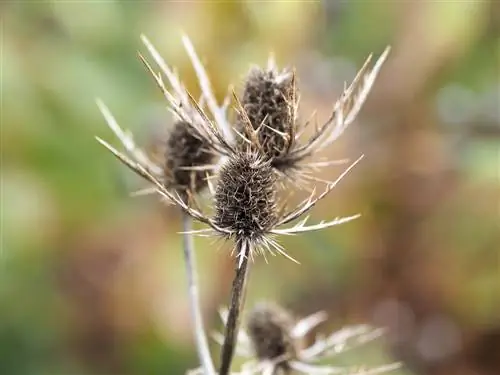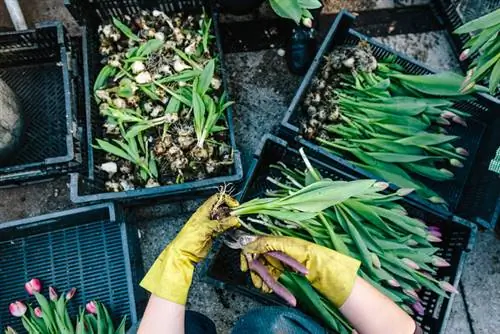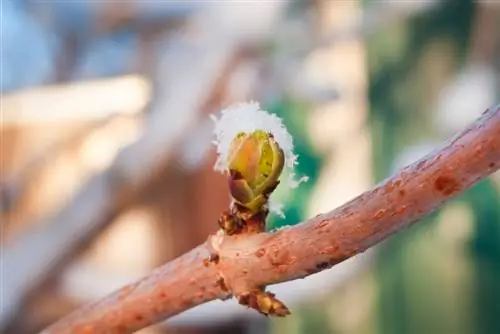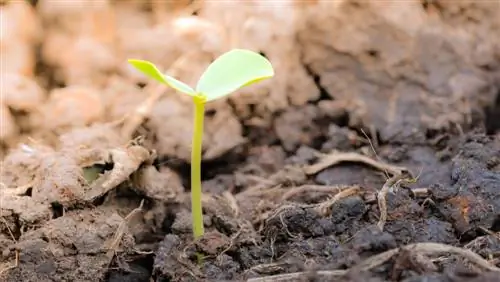- Author admin [email protected].
- Public 2023-12-16 16:46.
- Last modified 2025-06-01 06:02.
Hardly any group of plants offers you as many possibilities for propagation as perennials. From sowing to division - we describe common methods and provide you with practical tips.
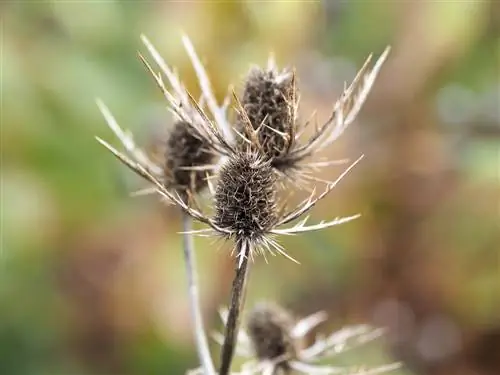
How to propagate perennials?
To propagate perennials, you can either sow seeds or use plant parts such as leaves, shoots or roots. Vegetative propagation methods such as dividing perennials are particularly efficient because they produce exact copies of the mother plant and often show faster growth.
Propagate perennials through seeds
First of all, perennials can be propagated from seeds. Most species are cold germinators - this means that they need a long-term cold stimulus before germinating. Only a few perennials germinate immediately. These plants include, among others, the yellow loosestrife and the variegated spurge.
Practical tip: It is best to collect more sensitive seeds such as those of poppies or lupins, which do not have good germination conditions in the garden, after flowering and pre-cultivate them in the greenhouse.
Exciting: When propagating perennials from seeds, you can sometimes expect a small (or big) surprise. This can also result in plants that differ considerably from the mother plant in terms of essential characteristics such as flower color or shape.
Note: Remember that some perennials are bred in such a way that they do not produce fruit. In this case, there will logically be no seeds. There are also varieties (especially those with double flowers or sometimes hybrids) that are sterile. Although they have seeds, they are not capable of germinating.
Propagate perennials through other parts of plants
If propagation via seeds is not possible or you prefer an alternative method, there are still plenty of options to choose from. You can propagate perennials just as well or often even better using other parts of the plant such as leaves, shoots or roots.
Advantages of vegetative propagation over sowing
There are significant advantages associated with vegetative propagation:
- New perennials from cuttings or cuttings are always exact copies of the mother plant. This is because the genetic material is completely identical. You can also say that with these methods you simply clone the mother plant.
- Vegetatively propagated perennials often have a small growth advantage over seed-propagated plants. This means they develop a little faster, so you'll see results more quickly.
Recommendation: Dividing perennials is a particularly efficient method of propagation. In this way, you will keep the plants blooming for a long time and ensure that they remain vigorous.
Tip
Very important: Always only propagate he althy plants!

